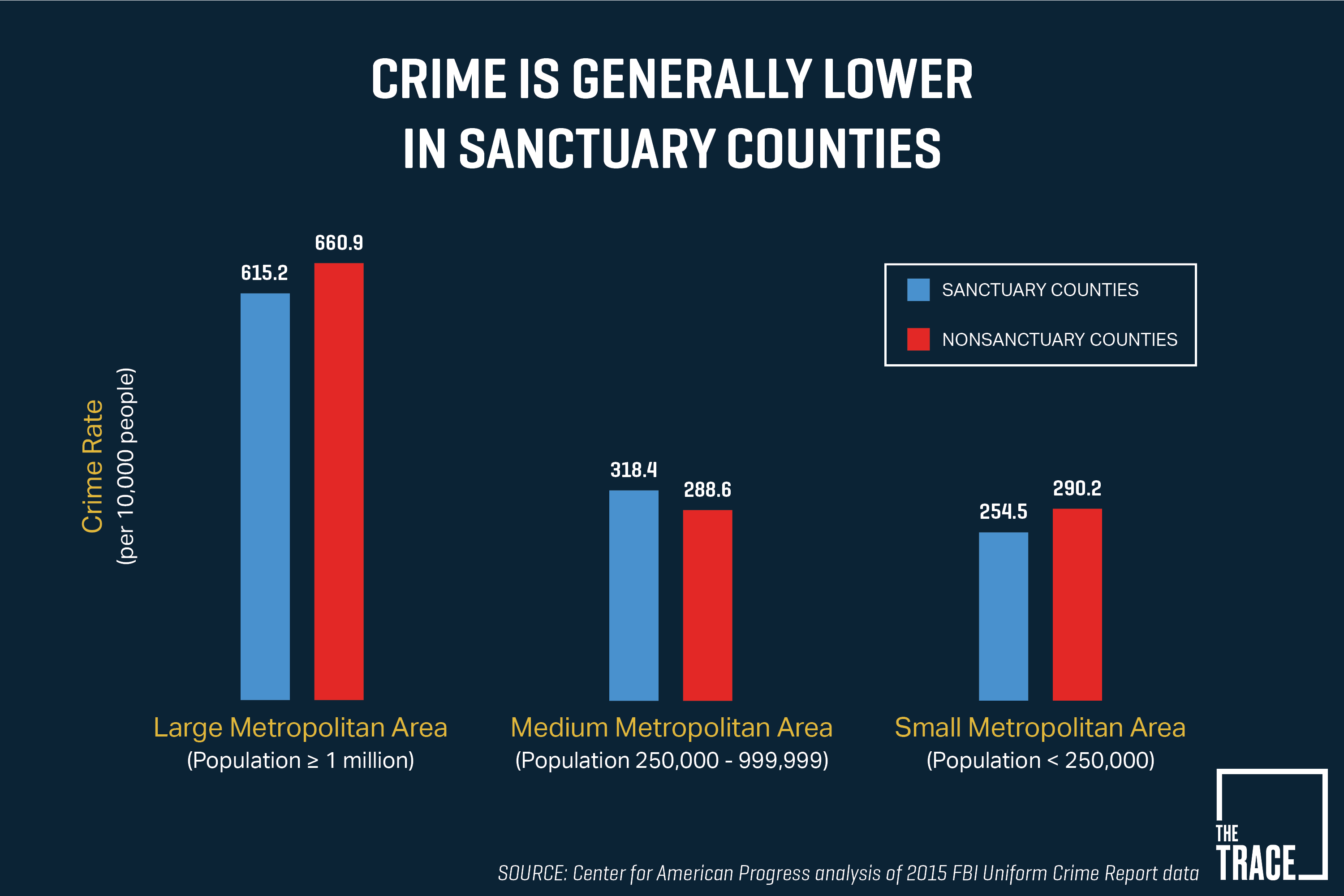
In State v. Ward, the WA Court of Appeals held that a defendant who was charged with burglary in the second degree after he broke into a pipeline facility and turned off a valve, which stopped the flow of Canadian tar sands oil to refineries in Skagit and Whatcom Counties, was entitled to argue a necessity defense to the jury. The defendant contended that his commission of the crime was necessary to avoid harm to the climate, as governments had failed to meaningfully address the crisis of climate change.
BACKGROUND FACTS
Kinder Morgan transports tar sands oil from Canada into the United States by pipeline. On October II, 2016, Kinder Morgan was notified by telephone that persons “would be closing a valve, one of our main line valves in the Mount Vernon area within the next 15 minutes.” Following the call, Ward cut off a padlock and entered the Kinder Morgan pipeline facility off of Peterson Road in Burlington, WA. Ward then closed a valve on the Trans-Mountain pipeline and placed sunflowers on the valve. At the same time, other protesters closed similar valves in North Dakota, Montana, and Minnesota. Collectively, the protests temporarily stopped the flow of Canadian tar sands oil from entering into the United States.
Ward was arrested at the pipeline facility and charged with burglary in the second degree, criminal sabotage, and criminal trespass in the second degree. Ward admitted his conduct but argued that his actions were protected under a necessity defense. The trial court granted the State’s pretrial motion in limine to preclude all witnesses and evidence offered in support of Ward’s necessity defense.
Ward’s first trial ended with a hung jury. The State then recharged Ward with burglary in the second degree and criminal sabotage. Ward moved for reconsideration of the trial court’s order granting the State’s motion in limine. In support of his motion, Ward offered argument, the curriculum vitae for eight proposed expert witnesses, and voluminous scientific evidence documenting the impacts of climate change, that climate change is primarily caused by greenhouse gas emissions resulting from human activity, and the contribution of burning tar sands oil.
The trial court denied Ward’s motion for reconsideration and excluded all testimony and evidence in support of Ward’s necessity defense. A second jury found Ward guilty of burglary but were unable to return a verdict on criminal sabotage. Ward appealed on arguments that the trial court denied his constitutional right to present a defense by striking all testimony and evidence of necessity.
COURT’S ANALYSIS & CONCLUSIONS
The WA Court of Appeals reasoned that the Sixth Amendment to the United States Constitution and article 1, sections 21 and 22 of the Washington Constitution guarantee a defendant the right to trial by jury and to defend against criminal allegations. If Ward submitted a sufficient quantum of evidence to show that he would likely be able to meet each element of the necessity defense, then the trial court’s exclusion of evidence in support of his sole defense violated Ward’s constitutional rights.
NECESSITY DEFENSE
The Court explained that the Necessity is available when the pressure of circumstances cause the accused to take unlawful action to avoid a harm which social policy deems greater than the harm resulting from a violation of the law. To successfully raise the necessity defense the defendant must prove, by a preponderance of the evidence, that: (1) they reasonably believed the commission of the crime was necessary to avoid or minimize a harm, (2) the harm sought to be avoided was greater than the harm resulting from a violation of the law, (3) the threatened harm was not brought about by the defendant, and (4) no reasonable legal alternative existed.
THE NECESSITY DEFENSE APPLIES
The Court held that that here, Ward’s necessity defense applies. In short, Ward’s past successes in effectuating change through civil disobedience in conjunction with the proposed expert witnesses and testimony about Ward’s beliefs were sufficient evidence to persuade a fair minded, rational juror that Ward’s beliefs were reasonable.
First, Ward offered evidence that he has been working with environmental issues for more than 40 years but that the majority of his efforts failed to achieve effective results. Ward asserted that because of these failures he came to understand that the issue of climate change would require other than incremental change and that direct action was necessary to accomplish these goals.
Second, Ward offered sufficient evidence to show that the harms of global climate change were greater than the harm of breaking into Kinder Morgan’s property. Ward asserted that the extent of the harm resulting from his actions were the loss of a few locks and the temporary inconvenience to Kinder Morgan’s employees. Compared to this, Ward introduced “voluminous scientific evidence of the harms of climate change.”
“When civil disobedience and the necessity defense intersect, it is the intent of the protester, not the effectiveness of the protest, that is of the utmost relevance.”
Furthermore, the Court of Appeals reasoned that Ward’s actions were not intended to be merely symbolic in nature because the harms that Ward asserted he was trying to alleviate were more than just climate change, generally, but also included both the specific dangers of Canadian tar sands oil and the impacts of sea level rise on Washington.
“As such, the evidence he planned to introduce was not solely aimed at inducing jury nullification and the trial court erred in preventing Ward from introducing evidence in support of his necessity defense,” said the Court of Appeals.
With that, the Court of Appeals reversed and remanded Ward’s conviction.
My opinion? I’m proud and impressed that our Court of Appeals allowed such a broad and permissive view of the Necessity defense. Apparently, the harm that climate change brings may necessitate drastic measures.
Please contact my office if you, a friend or family member face criminal charges where the Necessity Defense could be argued and proven. Cases like State v. Ward show that a strong, well-supported defense of Necessity should be liberally given to juries when the facts support the defense. Kudos to Mr. Ward’s defense counsel for taking the case to jury, appealing the judge’s rulings and getting a successful outcome on appeal. Excellent work.
















